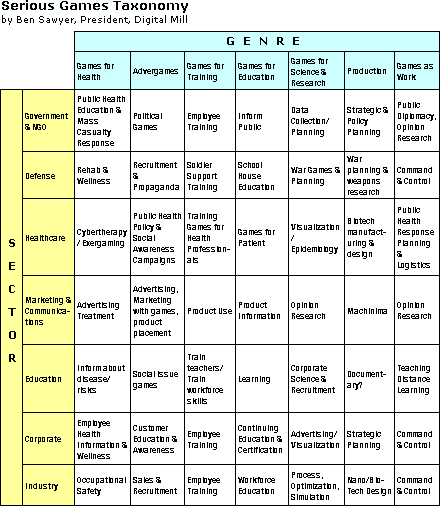Tuesday, May 29th, 2007
Dr. Ellen Wartella, executive Vice Chancelor and Provost of the University of California at Riverside, and youth media expert, spoke in Boston recently at a conference put on by the Society for Research in Child Development (SRCD). Ellen has been involved with many important studies regarding kids, young and old, and their media habits. During her presentation, Ellen discussed the ever expanding nature of media use by youth audiences citing three different studies that collectively span almost 100 years.
The first study presented was conducted in 1911 in New York City. 1, 140 youths age 11 – 14 participated in the study and were found to be spending 4 to 5 hours a week watching movies at the nickelodeon. It’s worth pointing out that movies were the primary media format consumed at the time by younger audiences; Radio and television were not available yet, and magazines specifically targeting this demographic had not yet been discovered as they would be in later decades.
Next, Ellen referenced a study conducted in the 1930’s outside of New York City in Westchester County. 795 high school youths were asked to keep a diary of their media habits. The results of this study showed that this audience had an average of 7 hours of leisure time during the week on weekdays and 11 hours of leisure time averaged over the weekend. This group listened to the radio on average for almost 5 hours a week (4 hours and 40 minutes) and watched about 5 hours of movies per week. Collectively this group consumed about 10 hours of media a week, out of a total of 18 hours of leisure time within that week.
The latest study discussed was that of the Kaiser Family Foundation on Media in the Lives of 8-18 Year olds, published in 2005. More than 2, 000 children were asked to keep diaries of their media habits. The results of this study found that this age group spends about 6.5 hours a day consuming media, primarily screened media, and of that, about 26% of this time is often spent using multiple media types at the same time. (Also surprising in this and related research at Kaiser which I discuss in a prior post that children ages 0 – 2 were found to be watching about 2 hours of screened media a day.) In another post I reference a 2007 NPD Group study that found kids ages 5 – 12 have about 6 hours of leisure time per day with about 14 hours per day over the weekend. While these two different studies were not conducted using the exact same age group, the research suggest about 45 hours of media consumption a week out of about 60 hours of leisure time a week.
If you would like to hear an audio recording of this entire presentation where Dr. Wartella touches on other aspects of media use, like the type of content viewed and food advertising to kids through media, click here.


